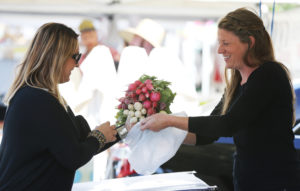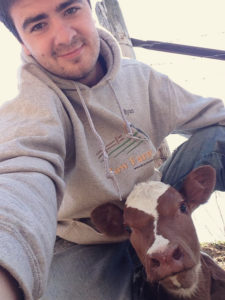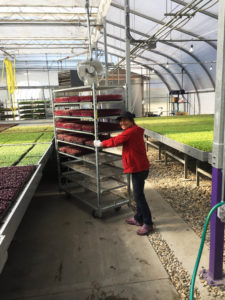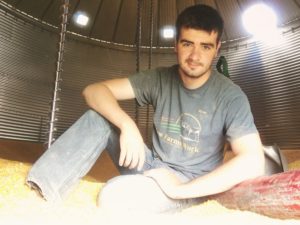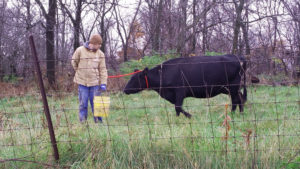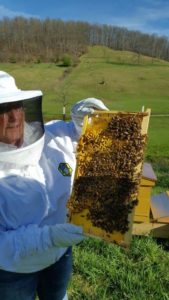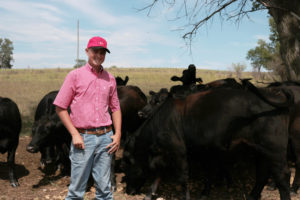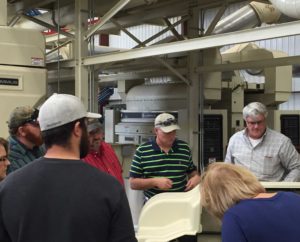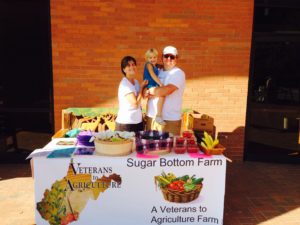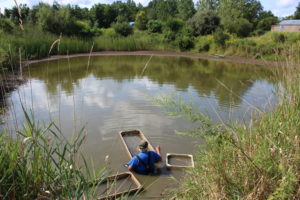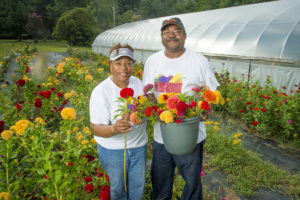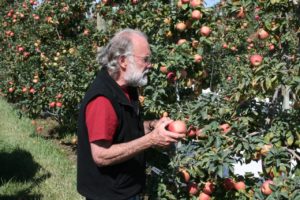
Brittany Caskey was able to obtain financing through FSA’s farm loan programs to purchase equipment. She utilized FSA’s guaranteed loan program, where a private bank financed part of Caskey’s operating expenses and FSA provided a guarantee against a possible financial loss. Photo credit: Rochanda Harlin
By Cheryl Brooks, Farm Loan Officer, Cross County, Arkansas & Dana Rogge, Public Affairs Specialist
From the time Brittany Caskey was a toddler, she lived her life in the dirt and on tractors, learning from an early age the kind of work it takes to make things grow.
In the small community of Hunter, in Woodruff County Arkansas, Caskey grew up with a dream of becoming a farmer. In 2017, the 26-year-old’s dream came to fruition with help from USDA.
In late 2016, the farmer who employed both Caskey and her father decided to retire, leaving her with the decision to find employment on another farm, or pursue her dream of managing her own operation.
“I had always wanted to farm. I love the outdoors, just the farm life in general. I saw my chance after my boss retired,” Caskey said. “Many said I couldn’t do it and would never make a farmer, but I’m the type that if you tell me I can’t, I will find a way.”

